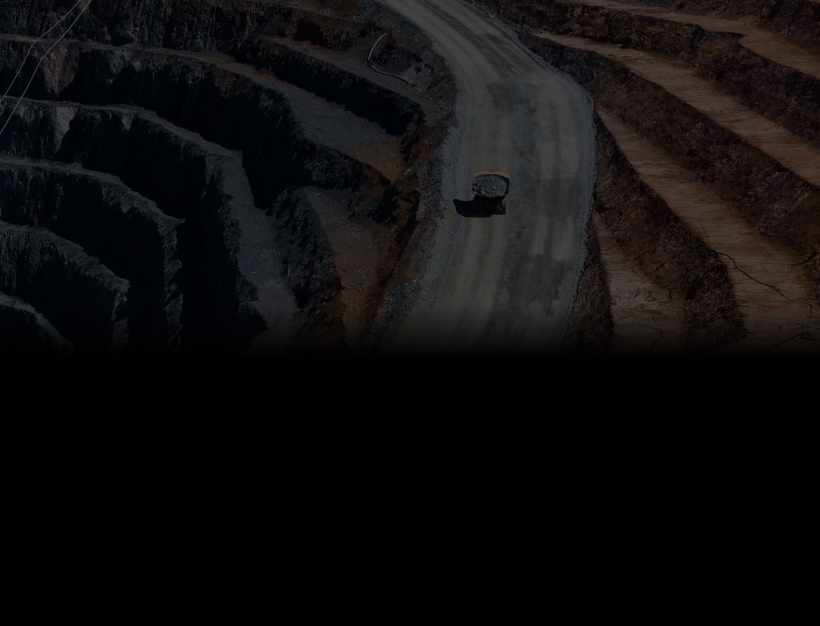
Gold plays a vital role in how the world moves. Serving to shape economies and political systems for thousands of years, this precious metal has become synonymous with wealth, power, affluence, luxury, and glamour. But where does all this gold come from? In this handy guide, we’ll look to provide an answer to that question.
We’ll also discuss the history of gold production, the full process from start to finish, what ethical choices are being made to make production more sustainable, and discover how the industry is shaping up in 2023 and beyond.

Chapter 1
An introduction to gold production
The history of gold production
Gold production is far from a modern invention. The mining of precious metals has been practised for thousands of years, with roots stretching as far back as ancient times. Here is a whistlestop tour of some of the most important moments in the legacy of gold mining.
-
Prehistory
Archaeology traces the first presence of gold back to as far as 4,500 BCE, with the earliest example of the metal being a gold bead which was discovered in Bulgaria. Dating the gold to this period means that it could have been mined between 6,500-7,000 BCE, giving us a window into when the practice might have begun. While little evidence remains for other practices during this era, the bead gives an idea of when gold started to have a pivotal place in society.
-
Prevalence in Ancient Egypt
The Egyptians are the earliest culture we have bonafide records of for gold usage in ceremonies, architecture, and day-to-day life. This gold wasn’t mined in Egypt. Most of it would have been drawn from resources in the Middle East, in regions near the Red Sea and Nubian Desert. Gold would have been transported up the Nile, along with other precious metals and artefacts.
-
Ancient America
Meanwhile, gold found in riverbed deposits or on the surface-level of soil meant that civilisations in the Americas were able to adopt the metal into their own culture. The Aztecs and Incas would be two of the most prominent metalworkers of the age, with the gold they collected seen as having a close connection to the sun. Owing to the geological placement of this gold, mining and digging was not a requirement.

The first presence of gold dates back to as far as 4,500 BCE, with the earliest example of the metal being a gold bead which was discovered in Bulgaria.
Image credit: www.viajeaeden.es
-
Mining in Asia.
The mining of gold became an important part of economic life in India during the 2nd and 3rd centuries AD. In the primary mining region of Karnataka, mines were dug to 160 feet in depth. In total, as much as 1,000 tonnes of gold was mined in this region during the time of operation.
-
The Gold Rush
While several gold rushes have occurred over the years in several different countries, the most famous example came in California in 1849. This rush triggered successive rushes in Australia, South Africa, Wales and Scotland, and would be remembered throughout history as the moment in which gold mining became a serious consideration for a nation’s economic growth.
-
Modern mining
In 2023 and beyond, mining is common practice across a wide array of countries, in practically every continent on Earth. China, Russia, Australia, Canada, and the US now lead the way for gold production on a global scale, with other nations in Africa and Asia not far behind.

While several gold rushes have occurred over the years in several different countries, the most famous example came in California in 1849.
The gold production process
The process of removing gold from the ground and refining it isn’t a quick one – but it has been tried and tested to that point of near-maximum efficiency. All told, the process of identifying, mining, and processing gold can take multiple decades.
-
Exploration (1-10 years)
Also known as the “prospecting stage”, this is the period in which an area will be analysed to discover whether a viable gold mining project can be carried out. Significant time is needed for this period, owing to the complex geography, geology, chemistry and engineering skills that are required to accurately test a site.
In a 2010 thesis, Roderick G. Eggert, Viola Vestal Coulter Foundation Chair in Mineral Economics at Colorado School of Mines, noted:
“It sometimes is said that it takes 500-1,000 grassroots exploration projects to identify 100 targets for advanced exploration, which in turn lead to 10 development projects, 1 of which becomes a profitable mine.”
-
Development (1-5 years)
In the unlikely event that an area has been deemed worthy of mining, the development stage begins. Permits and licences must be obtained to begin construction (which can take years). This development doesn’t extend solely to the mine itself. Companies must also factor in the building of living quarters and other necessary amenities for miners and their families.

Companies must also factor in the building of living quarters and other necessary amenities for miners and their families.
-
The mining operation (10-30 years)
With the plans in place and the area ready to go, the actual mining can begin. This could be as long as 15 years after the initial stages of the project were undertaken. During this stage, ore is extracted and processed into gold. Rock and ore are transformed into a metallic alloy called doré – which is usually 60-90% pure gold.
-
Closure and decommissioning (1-5 years)
Once the ore has been exhausted, or the mine is no longer profitable, it will be closed. This involves decommissioning, dismantling, and rehabilitation of the land where the mine was situated. It’s the duty of a gold mining company to continue monitoring the site long after their project is concluded to ensure the environment is recovering as it should be.
-
Reclamation (5-10 years)
This period of monitoring is known as the reclamation stage. During this time the land which was used for the mine will be rehabilitated. This involves cleansing and revegetating the land, in order to slowly return it to the same condition it was in prior to beginning of the mining operation.
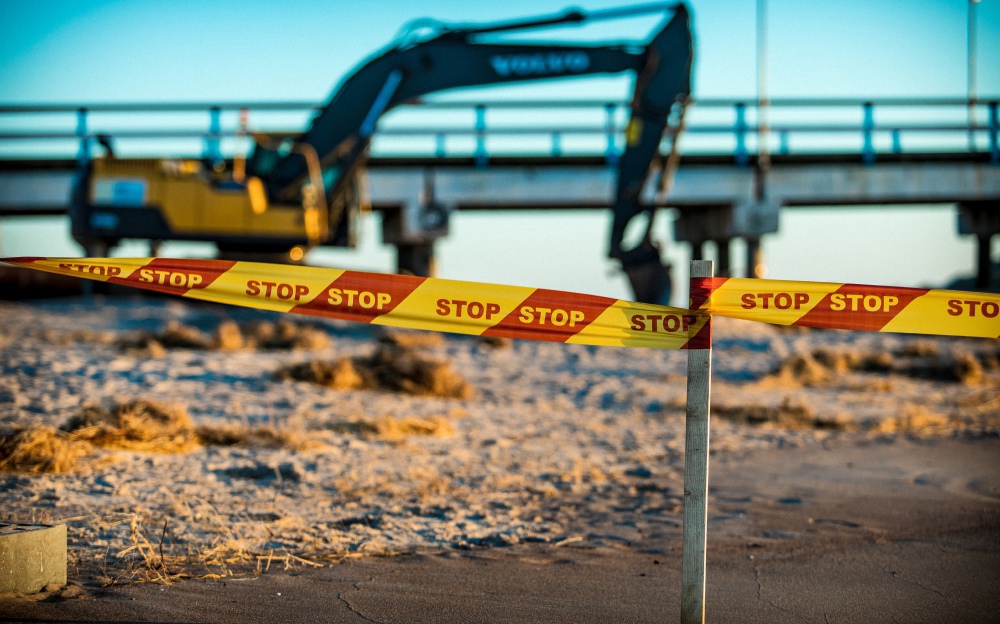
Once the ore has been exhausted, or the mine is no longer profitable, it will be closed.
Using these rough figures, it’s possible then for a mining project to span as long as 60 years. While this would be an unusually long amount of time, it’s not beyond the realms of possibility for larger mines.
Sustainability and ethics in modern gold production
Just as with most industrial sectors in the 21st century, an increasing importance is being placed on the need to mine gold using ethical and sustainable, green, practices. This benefits the environment, local wildlife, and the communities where gold production is carried out.
A whole host of changes have been introduced to ensure that this approach is adopted at every stage of production. Here are some of the most important of recent times:

Efficient resource management
Minimising waste and reducing unnecessary energy usage are chief amongst the good management of resources in a mine. What’s more, it’s becoming increasingly important to optimise water usage during a project as well. The management of these resources is being monitored by advanced technology, as well as by educating workers on the best practice techniques.
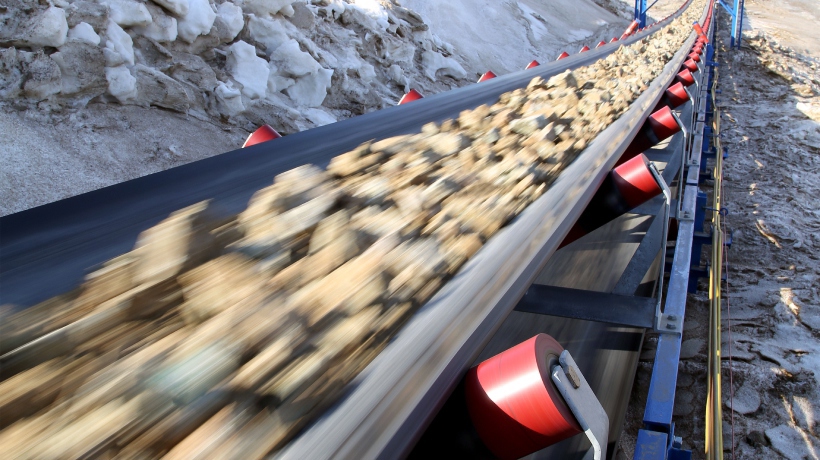
Waste management and disposal
When excess waste is generated, it’s important to dispose of it safely and sustainably. The release of potentially hazardous substances into the environment can wreak havoc on already fragile ecosystems. Waste disposal systems need to be regularly monitored to ensure that you’re minimising the potential exposure risks.
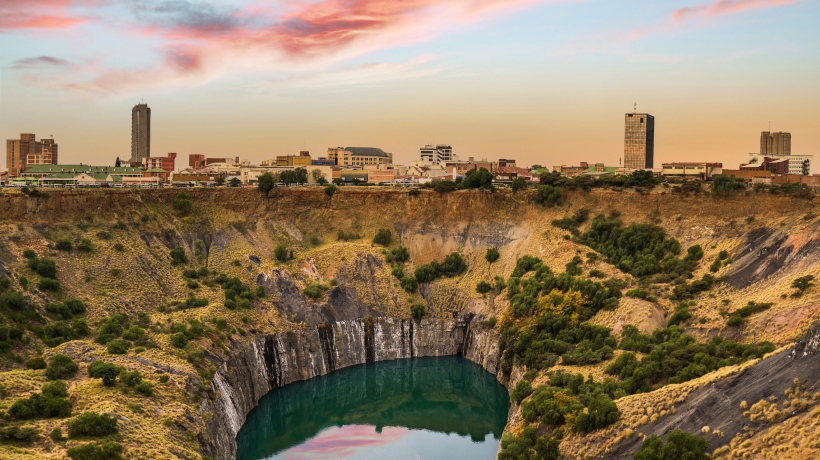
Ecosystem restoration and biodiversity conservation
This is what’s included as part of the reclamation stage. Ensuring that an ecosystem is given the chance to return to how it was prior to a mining project is a vital aspect of the final stages of modern mining.
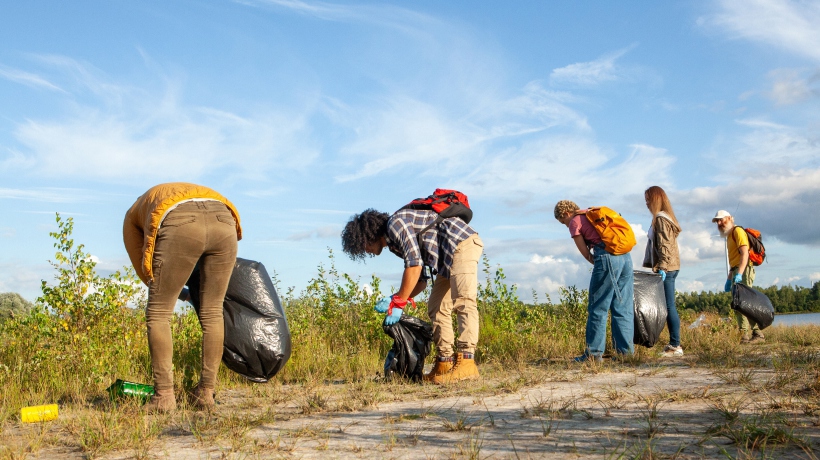
Community engagement and development
It’s hugely important for mining companies to have regular discussions with local communities about their needs and concerns. By having a strong relationship in place with the community where a mine is situated, a company can better understand what they can do to contribute towards education, healthcare, and other socio-economic growth in the region.
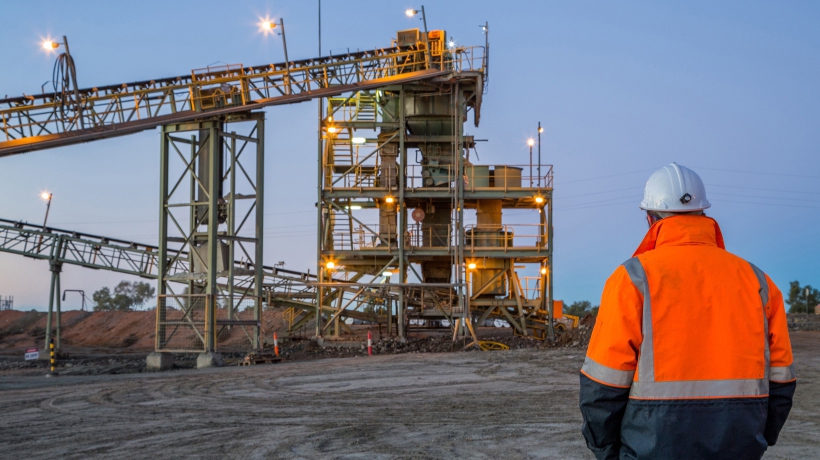
Human rights and labour standards
Working conditions need to be safe and ethical for anyone tied to a mining project. Child labour is prohibited, while gender and diversity equality are continuing to be pushed to the forefront in a lot of operations.

All-in sustaining costs
It’s important for stakeholders to understand the economic impact of gold mining. Having this data in front of them allows them to optimise a project for not only profitability, but also sustainability. Costs can be measured more accurately, reducing the risk of overflow resources or other wastage.
Gold production facts and statistics
The good news for fans of the gold market is that it’s continuing to grow after the slide of 2019. Total supply increased 2% year-on-year in 2022, while mine production increased 1% during that same period. And while those numbers are encouraging, they still sit 30% below the record-high production rate seen in 2012.
As of January 2024, the all-time high point for the price of gold remains at $2,146.79 per ounce – which was set in December of 2023. With gold value continuing to climb, but production rates remaining relatively stable, companies can expect to experience higher profits per ounce mined.
And with as much as 132 million ounces expected to be mined by the end of 2023, that represents a huge amount of potential money to be made for these mining corporations. For that reason, it’s perhaps no surprise that as much as 86% of the world’s above-ground gold was extracted at some point in the last 200 years.

As of December 2023, the all-time high point for the price of gold remains at $2,146.79 per ounce
Of the 132 million ounces which have been mined to date, as many as 1.99 million of these came from the Olimpiada mine in Russia. The full list of the top 10 mines at the end of the past year were:
| # | Mine | Country | Ounces |
|---|---|---|---|
| 1 | Olimpiada mine | Russia | 1,998,000 |
| 2 | Grasberg mine | Indonesia | 1,798,000 |
| 3 | Muruntau mine | Uzbekistan | 1,700,000 |
| 4 | Carlin Trend | United States | 1,571,000 |
| 5 | Boddington mine | Australia | 813,000 |
| 6 | Kibali gold mine | DR Congo | 749,000 |
| 7 | Detour Lake mine | Canada | 732,570 |
| 8 | Cortez Gold mine | United States | 731,700 |
| 9 | Pueblo Viejo mine | Dominican Republic | 713,300 |
| 10 | Lihir mine | Papua New Guinea | 701,800 |
But while these mines represent the largest projects in a specific location, they don’t necessarily tell the full picture when it comes to which country produces the most gold. Read on to find out which 20 nations produce more of this precious metal than anywhere else.

86% of the world’s above-ground gold was extracted at some point in the last 200 years.
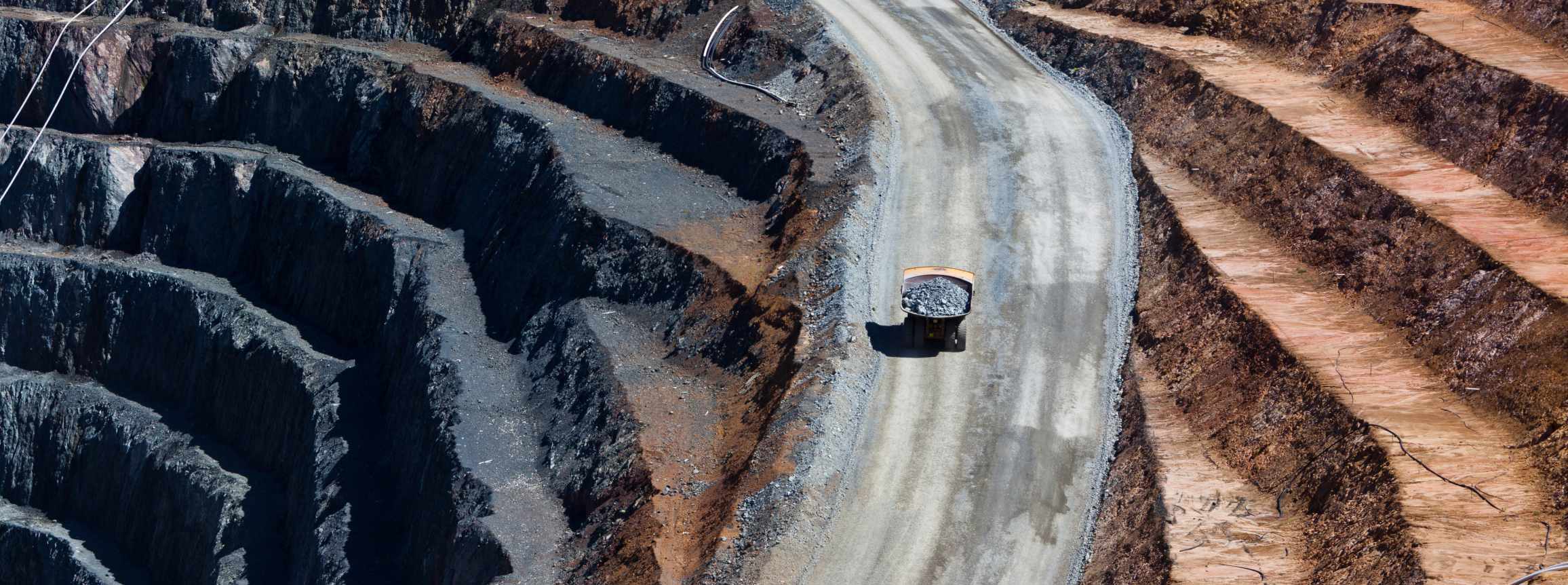
Chapter 2
The top 20 gold-producing countries in the world
Now that we have a slightly clearer picture of the history, process, and future of gold production, it’s time to turn our attention towards the here and now. For those wanting to discover which nations serve as the hub of gold production, check out our list of the top 20 gold-producing countries.
1. China
330 tonnes
A powerhouse of industry across the board, it’s perhaps no great surprise that China also leads the way when it comes to gold production. Producing a yearly average of 245 tonnes since 1990, their 2022 figure represents one of their best on record yet – sitting just shy of the 453.5 tonnes which the Asian nation produced in 2016.
In 2022 alone, China’s gold would account for as much as 10% of the total global amount excavated in that year. Despite that, China’s largest gold mine produced just 27.1 tonnes of the metal last year. It’s the sheer volume of gold mines in the country (127 in total) which help it stand tall as the leading producer on a global scale.


2. Australia
320 tonnes
Next on the totem pole is the land down under. Australia produced 320 tonnes of gold in 2022. This itself is a significant step up from their yearly average of 267 tonnes, with their highest total (327.8 tonnes) being manufactured in 2020.
Of this total, it’s thought that as much as 60% of it is mined from Western Australia – with the other five states and the Northern Territory sharing the other 40% between themselves. Most production in Australia occurs in open-pit mines, where resources are removed from the top layer of a mine, rather than needing to build dedicated shafts which sink deep into the ground.
3. Russia
320 tonnes
As we’ve seen, Russia can boast that they have the most productive mine in the world, with the Olimpiada producing nearly 2 million tonnes of gold in a single year. With such a pivotal impact on both the national and global economy, the country unsurprisingly chooses to host the MiningWorld Russia exhibition on a yearly basis.
2023 saw the 27th annual event held, with 8,299 industry professionals from 31 countries and 75 regions of Russia attending to explore a number of mining-related exhibits. Compound annual growth (CAGR) is expected to be favourable for Russia between 2022 and 2026, with the figure predicted to sit around 4% in that time.


4. Canada
220 tonnes
While a minor step down on their total of 223 tonnes in 2021, Canada continues to lead the way as one of the highest producers of gold on the planet. As much as 70% of the metal is taken from mines in the provinces of Ontario and Quebec, generating a national value of $13.7 billion across 2021 alone.
The vast majority of this gold gets exported, with as much as 47% of it going to the United Kingdom. And when it came to the uses for Canada’s gold, the bulk went towards the creation of jewellery. 55% of gold was destined for this purpose, with other popular uses including investment (25%), central bank net purchases (11%), and to be used in the construction of technology (8%).
5. United States
170 tonnes
The US will be slightly irked to find themselves behind longstanding rivals Russia and Canada on the current list. Part of this can be explained by a dip on their CAGR of 3.51% between 2016 and 2021. Despite that, the United States was still able to produce a whopping 170 tonnes across the course of the year.
When it came to the specific state which led the way, Nevada was head and shoulders above all other rivals. With seven of the ten largest gold mines in the US, as well as three of the largest ten in the world, the “silver state” should maybe think about rebranding itself. Close behind on the list were Alaska, Colorado, California, and Arizona.


6. Mexico
120 tonnes
Mexico has been a continuously emerging player on the world gold production stage, now ranking as the 6th highest producer. Their 2022 figure matched their efforts from the year prior, and continues to sit well above the national average of 38.9 tonnes set between now and 1990. Their best year was 2015, when Mexican mines managed to churn out as much as 134.7 tonnes of the stuff.
Encouragingly, 2023 got off to an encouraging start for hopes of repeating that feat, with January representing their best month for production (8.1 tonnes) across the last five years. However, a quiet summer means that hopes of reaching new heights might be dashed. Just 5 and 5.2 tonnes were mined in June and July of this year respectively.
7. Kazakhstan
120 tonnes
But while things might be stagnating a touch in Mexico, by contrast the gold production industry is thriving in the Eurasian nation of Kazakhstan. 2022 saw the country produce its record turnover to date, with a total of 120 tonnes being cultivated. This continues a massive upward trajectory, which has seen the total amount produced rise every year since 2011 (with the exception of the pandemic-stricken 2020).
The most efficient mine in the country is the Altyntau Kokshetau Mine. This project, which is set to run until 2031, produced 39.5 tonnes of the nation’s total in 2022. The Kyzyl Project was a close second, with 33 tonnes of gold being cultivated in that same timeframe. This project looks set to be the chief breadwinner for the nation heading forwards, with a plan in place to see it run until 2050.
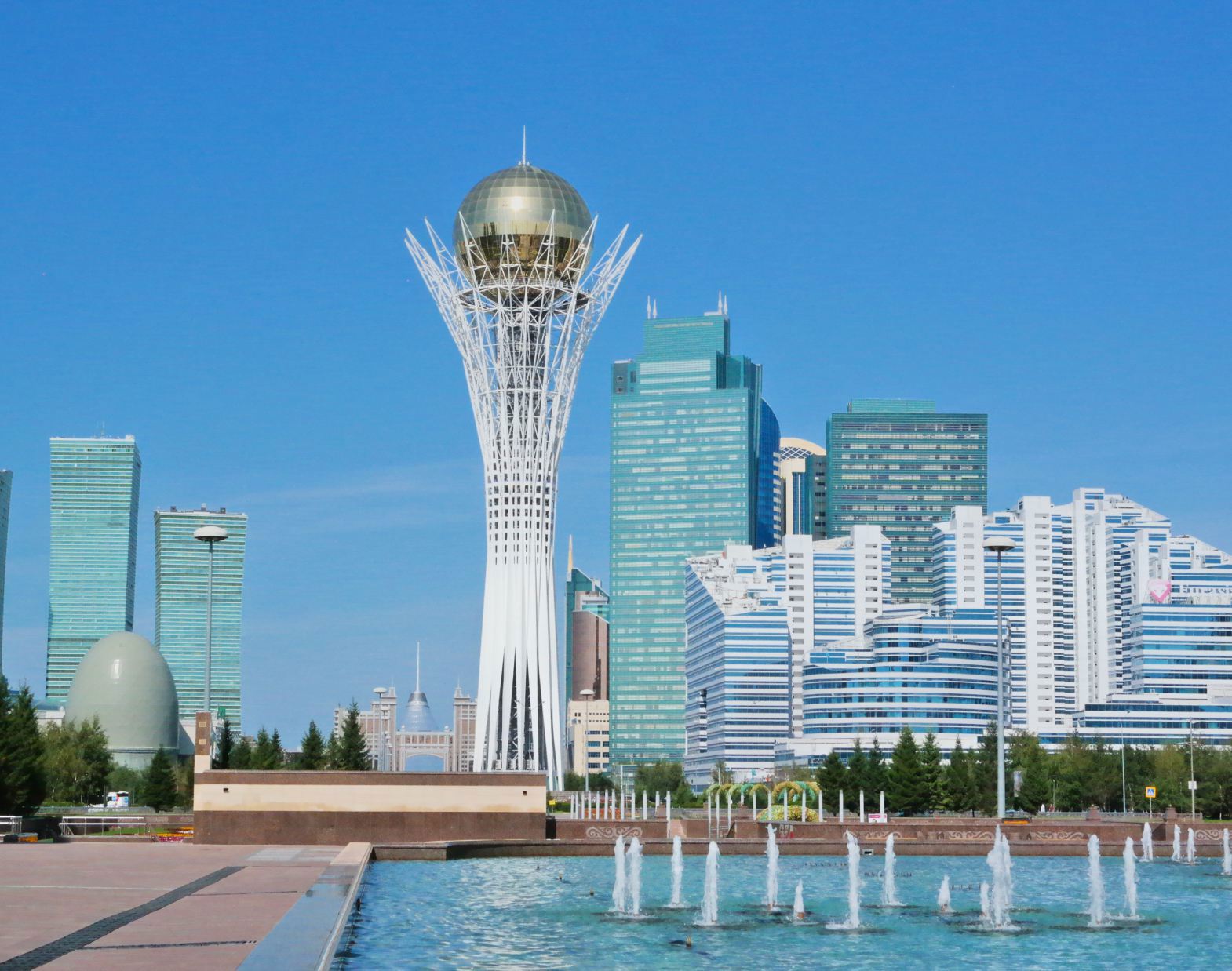

8. South Africa
110 tonnes
South Africa has always been one of the leading names in the mining sector as a whole, and it’s no different when it comes to the case of gold. That said, things are definitely somewhat on the decline in the African nation, with the 2022 total of 110 tonnes being a far cry from the national average of 272.1 tonnes.
That said, South Africans can at least take solace from the fact that this number is a step up on both the 2020 and 2021 figures, which sat at 95.8 and 107 tonnes respectively. The country achieved record levels of production in 1993, when a staggering 619.3 tonnes of gold was cultivated – one of the highest figures by any country to date.
9. Peru
100 tonnes
Once the home of the gold-rich Incan Empire, it’s perhaps no great shock that the fertile soils of Peru continue to provide plentiful supplies of the precious metal. That in mind, the Peruvian gold mining industry is still on the road to recovery following the events of the pandemic in 2020.
Production levels sat at 128 tonnes in 2019, the year prior to the first global lockdown. And while a dip to 87 tonnes in 2020 might have been expected, the larger concern is Peru’s inability to bounce back as strongly as some rival nations. Figures of 97 and 100 tonnes in 2021 and 2022 respectively are a move in the right direction, but still below the national average of 140.
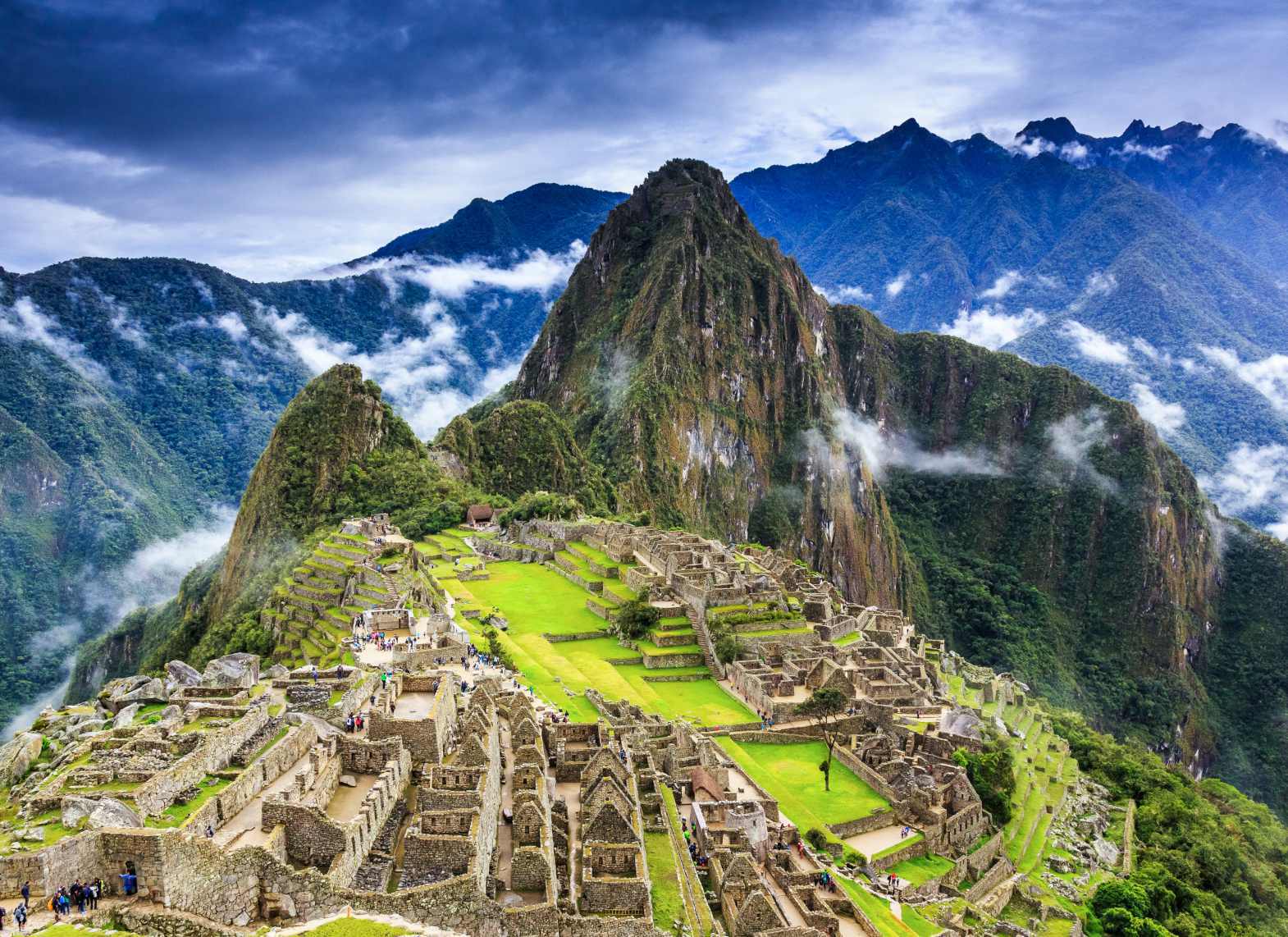
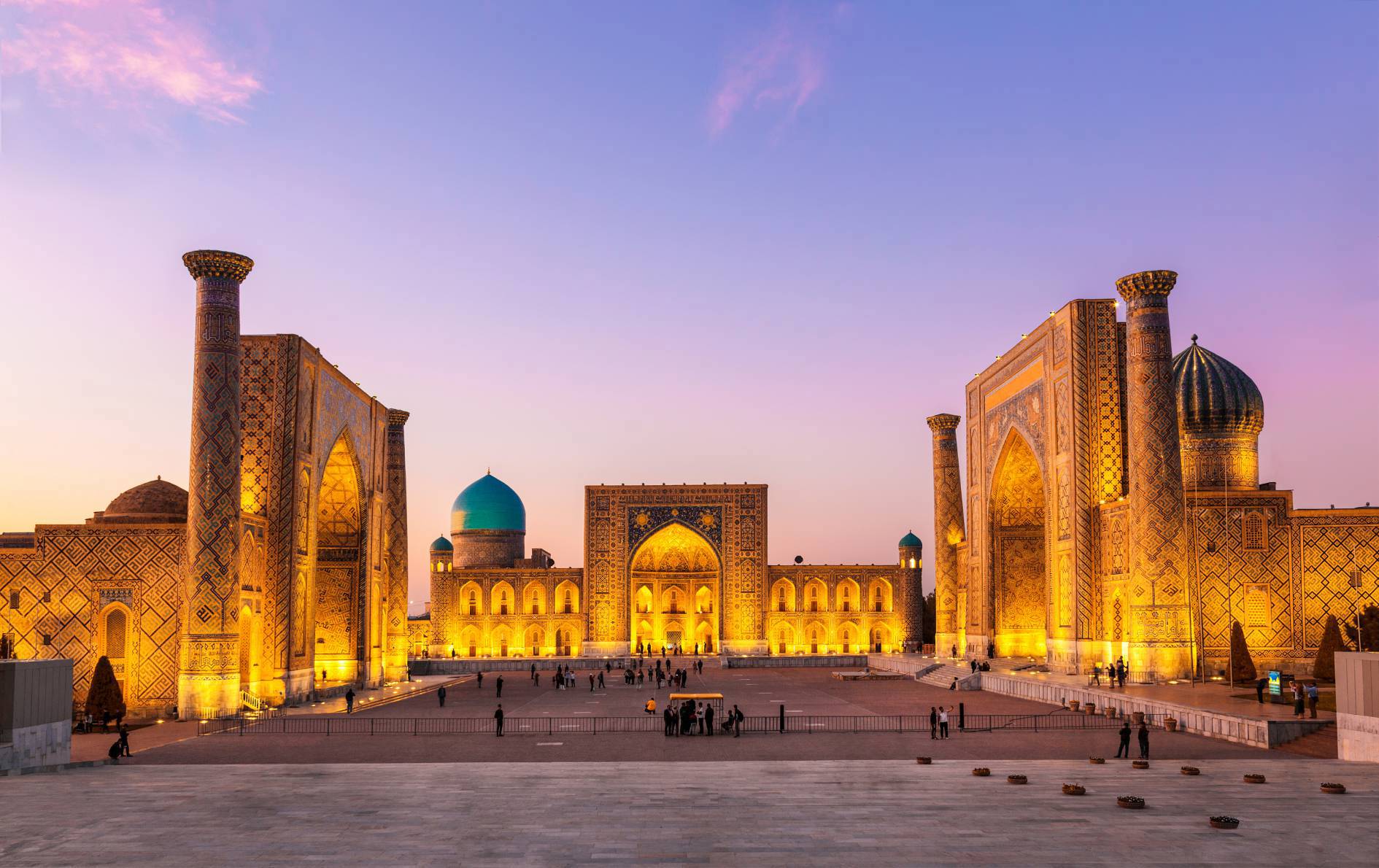
10. Uzbekistan
100 tonnes
While most countries on this list tend to see a lot of fluctuation when it comes to production levels, Uzbekistan has remained fairly consistent since they emerged as a cultivating nation in 1995. Their 2022 total of 100 tonnes is 0.9 shy of their 2020 record amount, and the exact same as their 2021 offering.
But don’t let that fool you when it comes to Uzbekistan’s wider ambitions. Reports suggest that up to $750 million is set to be invested in the gold mining sector in the next few years, with the aim to see the total amount of gold being produced rise to a staggering total of 475 tonnes across 2021-2025. With 200 tonnes of that already ticked off, it’s looking promising for the Uzbeks.
11. Ghana
90 tonnes
While it’s a way off their 2018 total of 148.3 tonnes, Ghana continues to stand out as one of the leading African nations for gold. The metal plays a huge role in the Ghanaian economy, even representing 48.4% of the gross merchandise export in the country back in 2020. In 2018, Ghana would briefly overtake South Africa as the largest producers of gold in Africa.
With a 0.95% share of the total global exploration, the nation is continuing to cement itself as one of the powerhouses of the gold mining world. And the country has certainly gone all-in on this new identity, with as much as 90% of their total mineral exports being gold.


12. Indonesia
70 tonnes
Home to the second largest gold mine in the world (the Grasberg Mine), Indonesia supports the livelihood of as many as 1 million of its residents with the help of artisanal and small-scale gold mining (ASGM). Of this number, somewhere between 300,000-500,000 people are directly employed by ASGM, across six different mining projects.
The 70 tonnes produced in 2022 were a slight step up on the 2021 figures of 65.9. This was the first time that the annual numbers climbed since 2018, highlighting a potential move back in the right direction for the sector in Indonesia. There’s still a way to go to reach the heights of 132.7 achieved in that same year.
13. Burkina Faso
70 tonnes
Burkina Faso is one of the fastest growing names in the world of gold production. Cultivation rates have risen in eight of the last ten years, with the 70 tonnes in 2022 representing the African nation’s best total to date. This continues a trend of beating year-on-year targets, with both 2020 (62.1 tonnes) and 2021 (66.8 tonnes) having stood as the previous all-time high.
The Essakane Gold Mine in Oudalan is the largest in the country, accounting for as much as the 15.87 tonnes which was cultivated across the past year. The mine is pegged to operate until 2027, having been originally opened back in 2009. For those with an investment in the Burkina Faso gold industry, this is an exciting period.
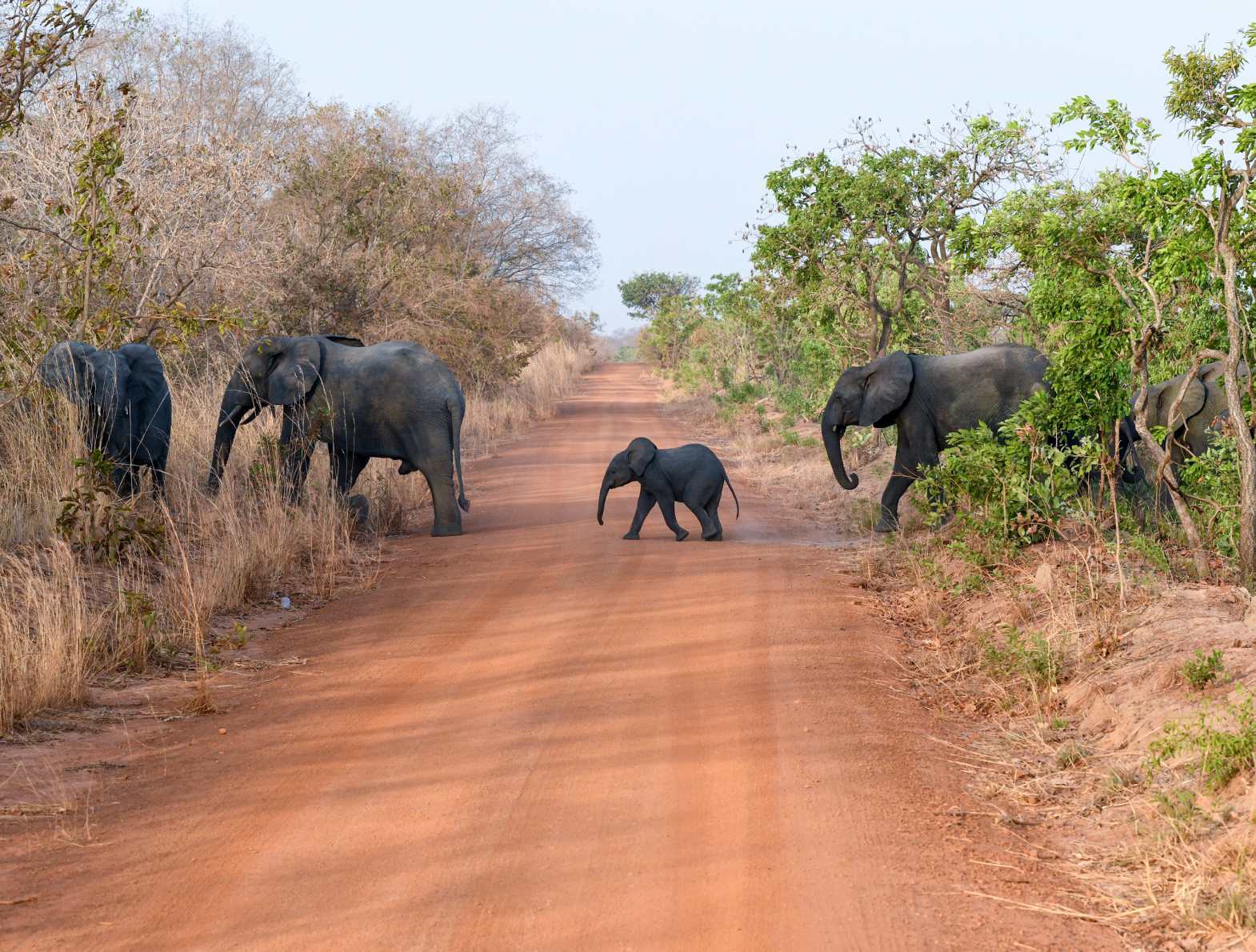

14. Brazil
60 tonnes
It’s been a challenging few years for gold mining in Brazil, with the South American nation struggling to recover to the 89.9 tonnes they produced in 2019. Sitting at 60.6 and 60 tonnes in 2021 and 2022 respectively, the mining industry is hopeful that the 2023 numbers will continue to tick back up in the right direction.
The largest chunk of this – 15.45 tonnes – was taken from the Paracatu Mine in Minas Gerais. Representing just over a quarter of the total gold produced by Brazil, the mine will operate until 2031. A close second was the Salobo Mine in Para, which managed to produce a respectable 11 tonnes across 2022.
15. Colombia
60 tonnes
Colombia is another nation in the midst of a massive upward surge in the amount of gold being produced annually. Their 2022 total of 60 tonnes represented a fourth successive climb in the annual amount, having risen by just over 24 tonnes year-on-year since 2018. The 2022 numbers were just shy of the country’s all-time best total – 66.1 tonnes back in 2012.
And things look promising for that number to increase further. At the Segovia Mine in Aris alone, it’s expected that a record figure of 5.95 tonnes could be collected in 2023. With an estimated 200+ mines dotted across Colombia, the 60-tonne ceiling is likely to be broken by the end of the year.
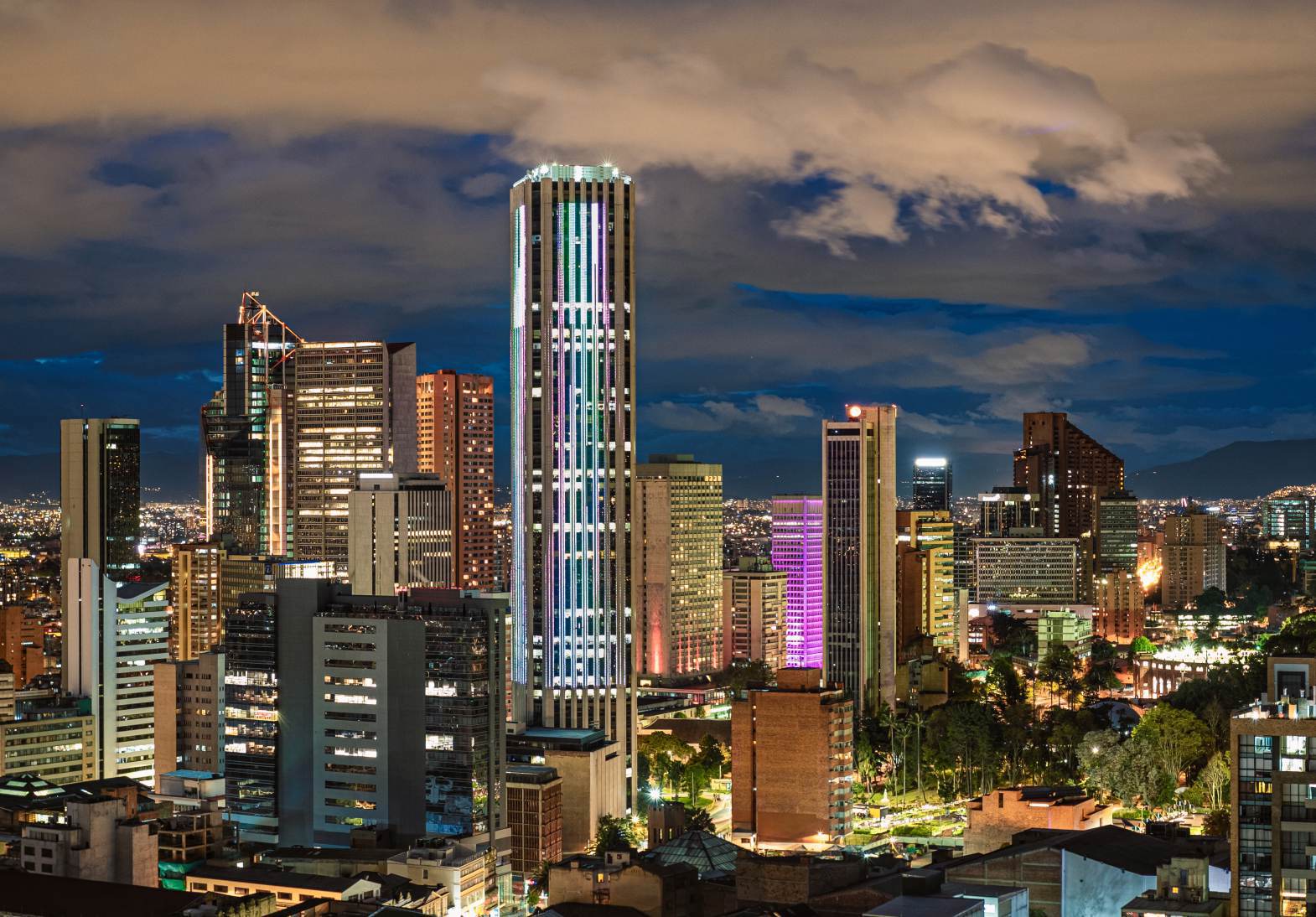

16. Tanzania
60 tonnes
2023 was also a stellar year for Tanzania. The African nation recorded its best ever year for gold production, having increased that figure for the fourth successive year. That represents a huge step-up from the late 1990s, when in their worst year (1997) just 0.2 tonnes of gold was cultivated from Tanzanian soil.
Much like with Ghana, gold accounts for a huge percentage of mineral exports in the country. As much as 89.85% of all valuable minerals which get sent abroad from Tanzania is gold, with the vast majority of the precious metal going to South Africa, India, and Switzerland.
17. Papua New Guinea
50 tonnes
While making the top 20 list with their 2022 numbers, gold production in Papua New Guinea has been on a steady decline since reaching a near-all-time high of 73.9 tonnes in 2019. The most recent figures represent a close to 24 tonne drop in just a three-year period, and falls below the annual average of 61.6 tonnes.
Hopes of that number increasing again might be spurred by the potential reopening of the Porgera Mine. The mine produced as much as 6 tonnes a year prior to its closure in 2019, with the hope being for that number to rise to as high as 7 tonnes a year when the area is eventually reopened again.
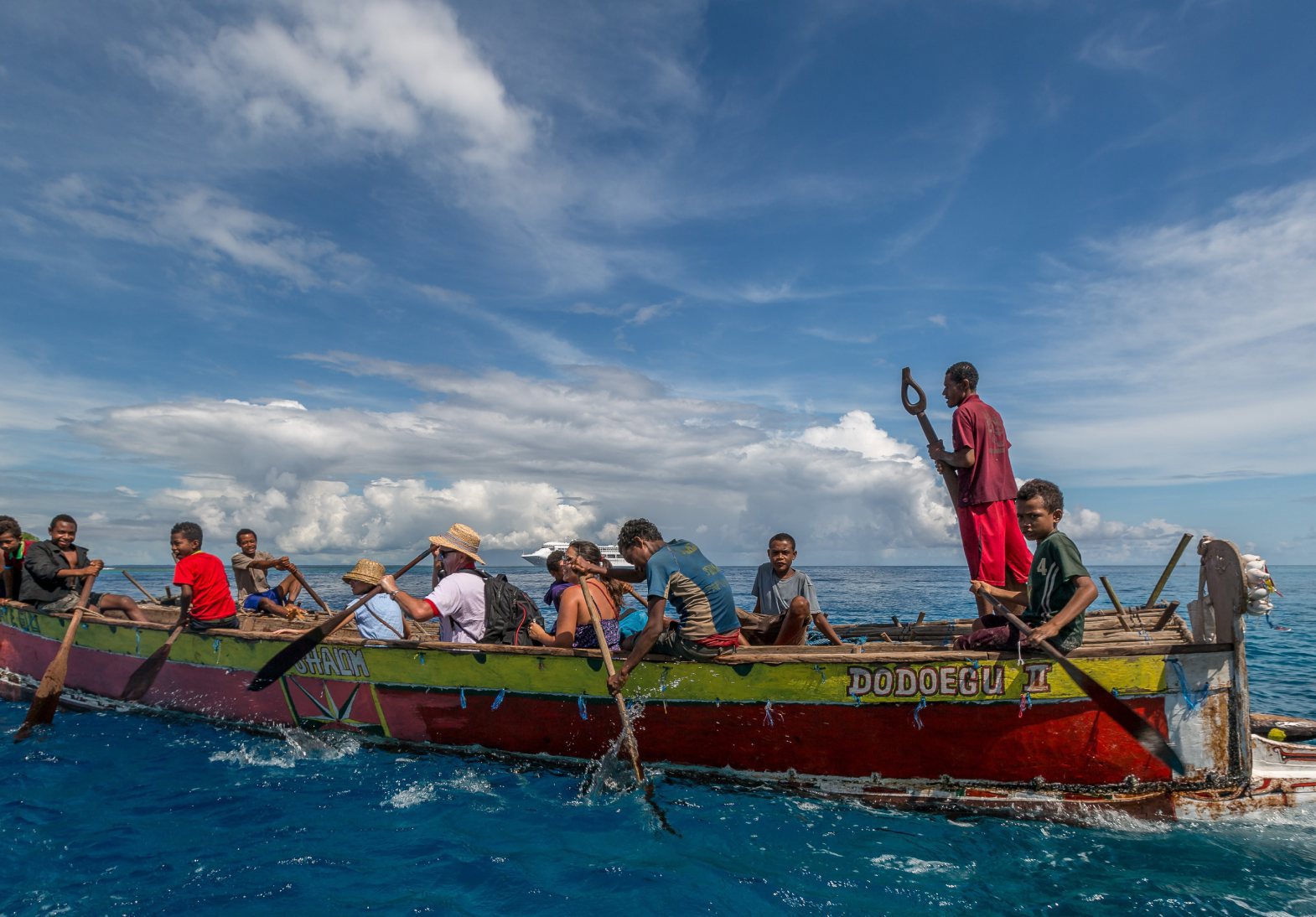

18. Mali
50 tonnes
Mali maintained a fairly consistent gold output between 2021 and 2022, dipping by just 0.7 tonnes between the two years. And while this was a dip on the record high of 61 tonnes in 2019, it was still comfortably above the annual average of 40.8.
In May of 2023, the country announced that they expect the total gold produced to rise to as high as 67.7 tonnes for the calendar year. This was a 6% increase on the forecast from the beginning of the year, where 63.9 tonnes was given as the initial target. Either number would represent an all-time high for the African nation, who are continuing to cement themselves as one of the leading names for gold production in the continent.
19. Sudan
50 tonnes
Sudan rounds off our list of solo nations with 50 tonnes of gold produced across the past year. While this was a large step back from the all-time high of 107.3 tonnes in 2017, it still represents a significant step up on the annual average since 1990 of just 5.7 tonnes. The smallest annual total? In 1991, when Sudan produced just 0.5 tonnes across the course of 12 months.


20. Rest of the world
630 tonnes
While the number might seem high, the 630 tonnes which the remaining 176 world nations produce equates to just 3.58 tonnes per country on an annual basis. What’s more, this total is smaller than the combined efforts of Australia and China alone across 2022.
Naturally, a lot of countries rely on others to produce gold for them. The United Kingdom, for example, produced just 0.5 tonnes in 2021 – but has the 18th highest reserve of gold in the world ( 310 tonnes ). By contrast, the nation of Guinea produced 17.9 tonnes last year, but doesn’t even feature on the gold reserve list, as practically none of it stays in the country.
Chapter 3
Secondary reading
Do you have a better understanding of where the world’s gold is coming from? If you’d like to learn more about gold mining, how it’s evolving, or what the future of the industry might look like, be sure to check out these useful secondary sources.
https://atkinsonsbullion.com/news/april-2021/how-are-gold-silver-mined Invest in Gold, Not Deforestation: Choosing Responsible Precious Metals | Crux Investor
https://www.cruxinvestor.com/posts/invest-in-gold-not-deforestation-choosing-responsible-precious-metals How To Invest In Gold | Forbes Advisor
https://www.imf.org/external/pubs/ft/fandd/2000/12/mcphail.htm Responsible Gold Mining Principles (RGMPs) | Gold
https://www.gold.org/industry-standards/responsible-gold-mining Live Gold Price - Real-Time Updates | Atkinsons Bullion
https://atkinsonsbullion.com/charting How much gold has been found in the world? | U.S. Geological Survey
https://www.usgs.gov/faqs/how-much-gold-has-been-found-world The Race is On: When Will the World Run Out of Gold? | Yahoo
https://finance.yahoo.com/news/race-world-run-gold-221413912.html

